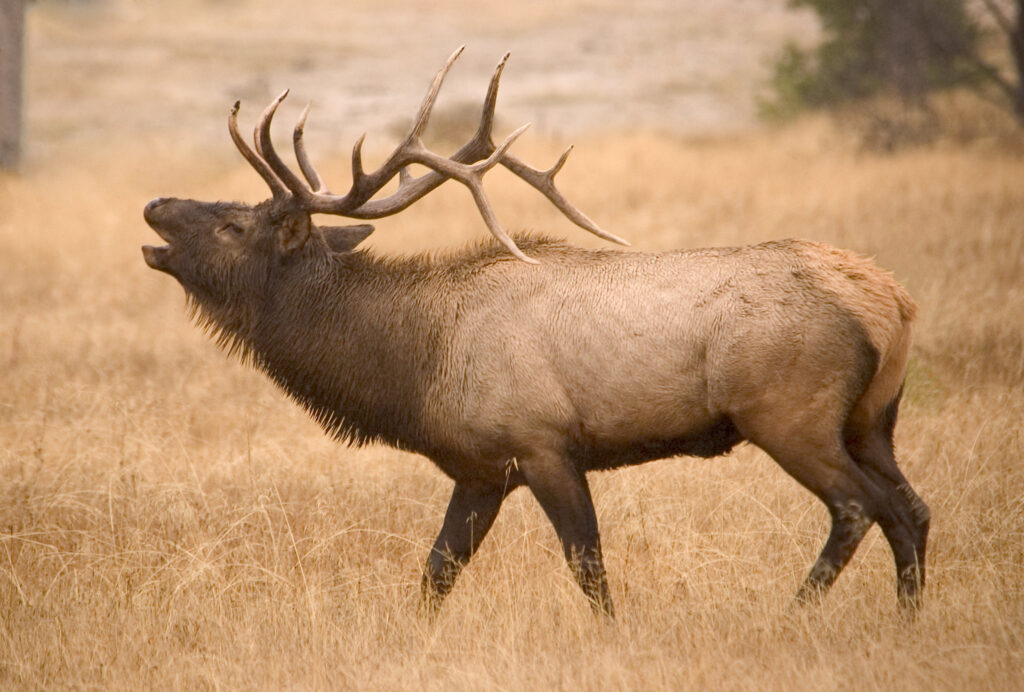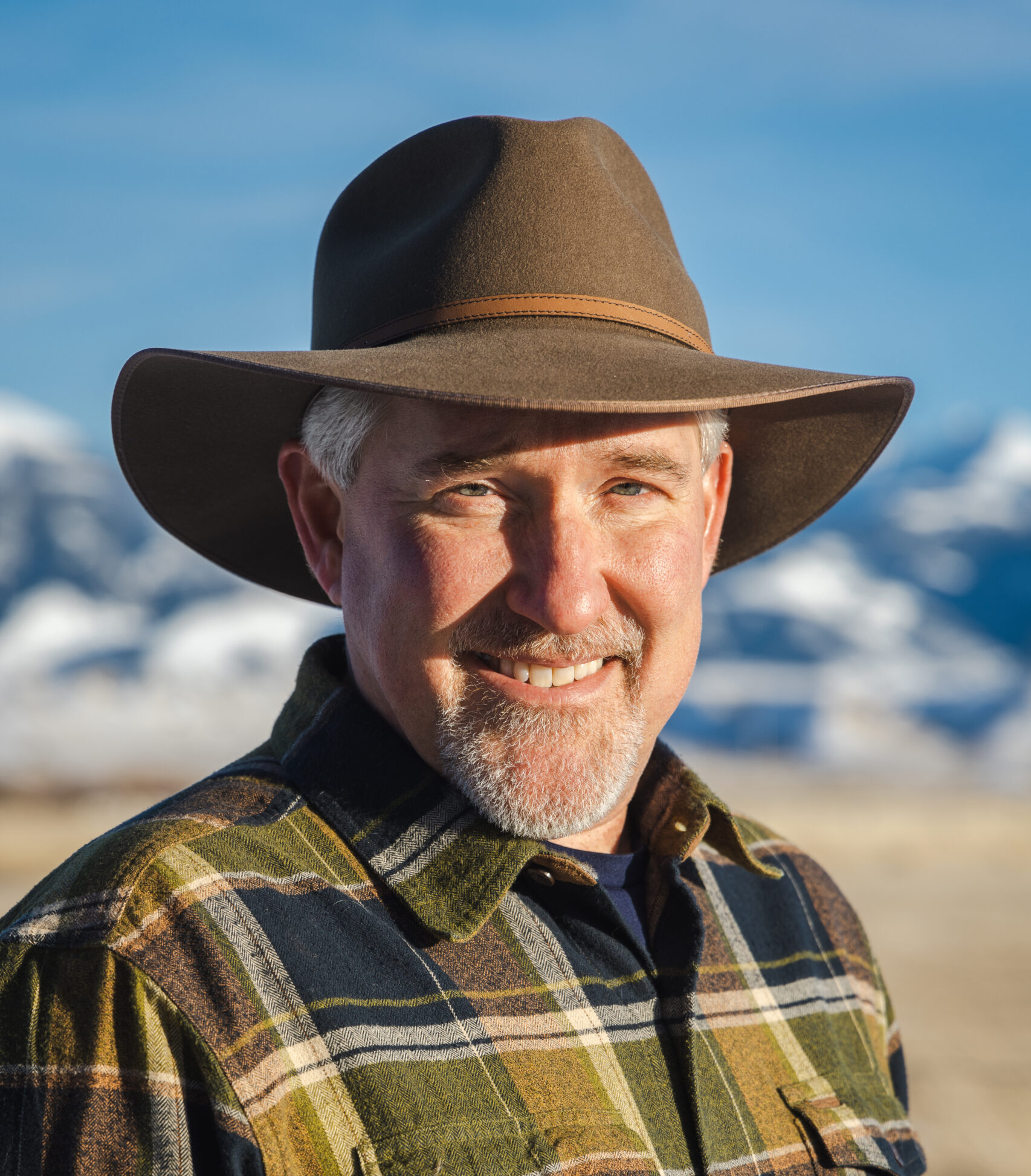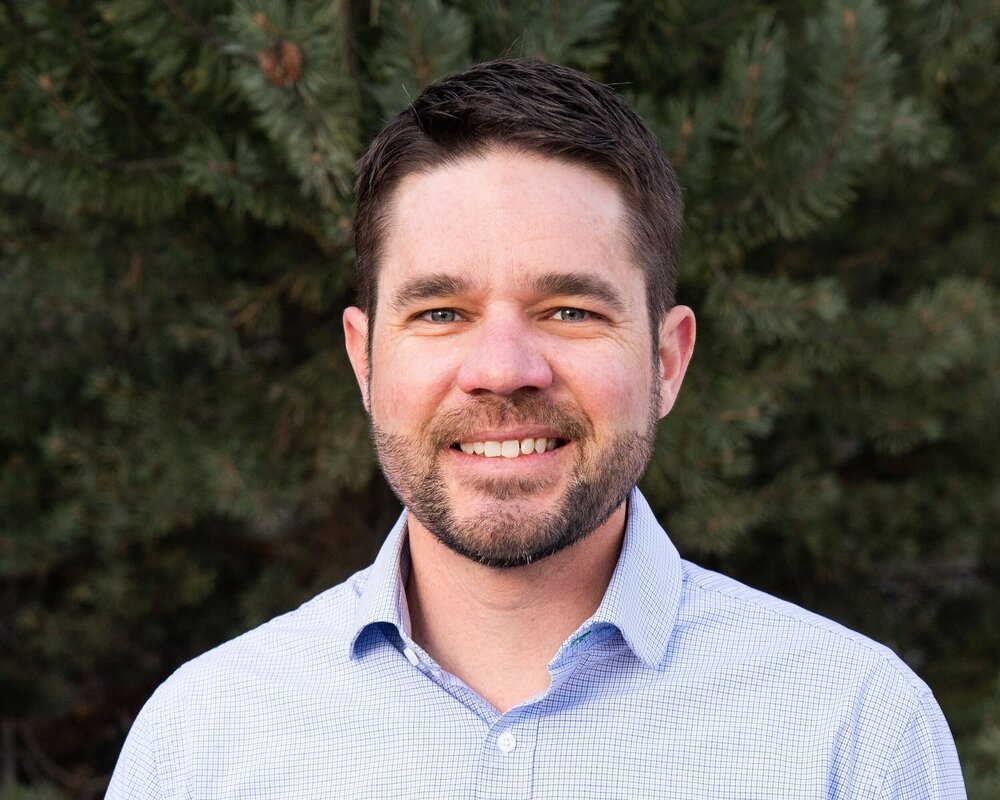This article was originally published in the Bozeman Daily Chronicle.
Thanks to a first-of-its-kind agreement, elk just got exclusive access to a 500-acre slice of heaven in Montana’s Paradise Valley. Those acres offer a new, scalable model for private land conservation—one that’s cooperative, flexible, voluntary, and free from reliance on government funding.
We call this approach an “elk occupancy agreement,” a voluntary contract that incentivizes a rancher to provide crucial, unobstructed habitat for elk and other wildlife on private lands while reducing conflict between elk and cattle. In this case, the agreement was co-created by the Greater Yellowstone Coalition, Property and Environment Research Center, and a local family ranch.
In return for funding to construct a 1.25-mile wildlife-friendly fence, the ranching family has agreed to allocate nearly 500 acres of elk winter range on their ranch solely for wildlife. The fence will exclude livestock but allow elk to freely come and go between grassy hillsides and the river bottom below.
The family will also perform land management activities including invasive conifer tree removal, cheatgrass spraying, controlled burning, and further noxious weed treatment when needed in the elk winter range to maintain and enhance habitat conditions.
Just a few short months after the agreement was signed, elk can already be spotted enjoying the hillsides’ healthy native forage. Cattle still have plenty of room to graze, but thanks to the decreased contact between the two species, there is less competition for forage and less risk of disease transmission—a win-win for wildlife and ranchers.
The elk occupancy agreement is an innovative approach to solving the complex problems both ranchers and wildlife face throughout the West. As animals move across property lines and onto private lands, landowners are often impacted by their presence. Wildlife can damage fences, eat winter hay stores, and transmit diseases such as brucellosis to livestock.
These costs make it harder for ranchers to make a living on the land. And as population growth and development pressure increase in Montana, and special places like the Paradise Valley, finding ways to make working landowners more financially resilient through conservation has become more important than ever.
Most private landowners care about stewarding the land and conserving wildlife migration pathways, yet current tools, like long-term conservation easements and hazing, aren’t the right answer for every family. Creating innovative tools that help reduce damage on private lands, better manage the risk of disease transmission between livestock and elk, and improve wildlife habitat is imperative to sustaining the increasingly complex and crowded Greater Yellowstone Ecosystem. Including ranchers in the design process is also an untapped opportunity; ranchers are often fonts of information about their local ecosystems, and conservationists would be wise to elevate that knowledge and treat landowners as partners.
Elk occupancy agreements can be tailored to each rancher’s situation, incorporating their expertise as well as the best available science describing migratory routes and habitat needs for elk and other animals. Optimally, as with the case of the Petrich family, the idea for how to structure an agreement comes from the rancher. No two agreements will look the same. They are entirely voluntary, cooperative, and privately funded through donations, so ranchers and conservationists don’t have to rely on the political whims of far-off bureaucrats. They also create a market between willing conservationists who want to fund elk conservation and willing landowners who bear the cost of elk habitat — an opportunity to bring together groups that don’t always see eye-to-eye — for a common goal of preserving open space, working lands, and habitat as a counter to development.
In the end, keeping migration pathways intact doesn’t have to sacrifice the livelihoods of family ranches. Instead, it can make them more resilient. People and wildlife need to successfully coexist in Montana, and we hope area residents can continue to work together to solve the complex problems facing our region. Going forward, elk occupancy agreements will be one of the many answers local landowners can turn to.





